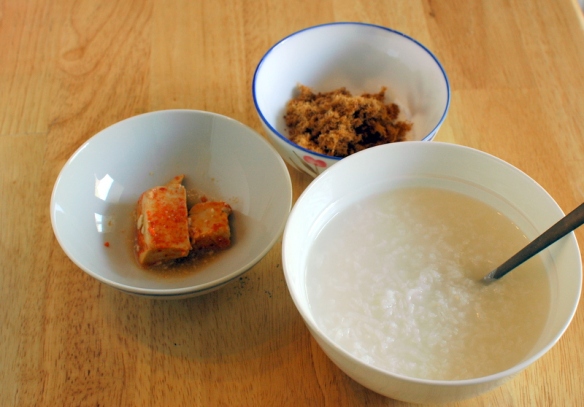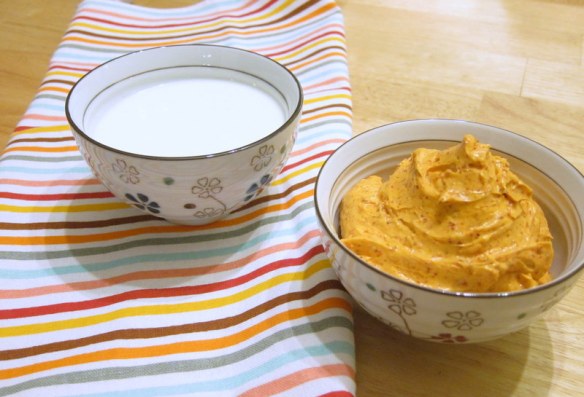This past weekend I was craving a certain savory breakfast, one that I used to eat often as a child when I was living with my beloved grandparents in their 30th floor flat in Paris’ Chinatown. The whole family lived together, grandparents, aunts and uncle included. It was a fairly big two-bedroom apartment, with a living room overlooking Paris and an incredible view of the Eiffel Tower. From our windows, it looked as though the Eiffel Tower was standing on the roof of the nearest building, sparkling at night to say hello. I loved to look down and observe the cars riding by, like ants following each other in neat lines. But what I loved to watch most was the playground, and every day unfailingly I would ask my grandfather to take me down there and play.
My grandfather is one of those early morning types (I did not inherit those genes apparently). He would wake up around 5 or 6am, get dressed, put on his French-style beret and go for a walk around Chinatown and do his rounds. He’d stop by and say hello to people he knew, and perhaps practice some taichi in one of the nearby parks. Sometimes he’d bring back a baguette or two. And he’d have breakfast. And the whole household finally waking up would have breakfast too. It was a simple breakfast, some rice porridge accompanied by a few side dishes, pork floss, fermented tofu, pickled mustard greens, chinese olives, and sometimes an omelette with pickled radish.


